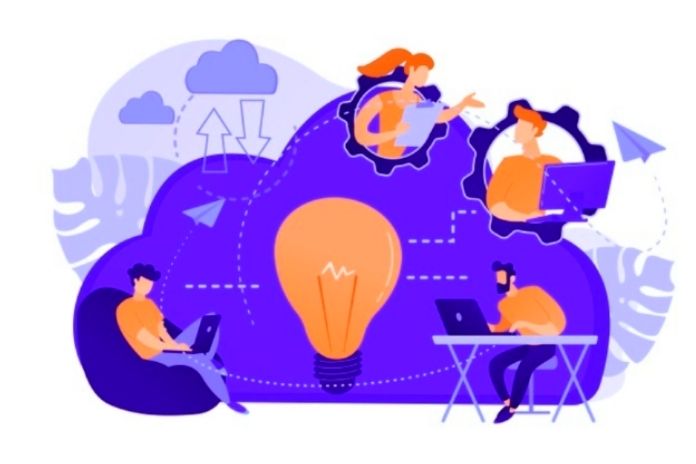Office work will never be what it was until early 2020. The global pandemic has permanently changed how we look at how work should be done – this can be seen on both the employee and employer sides. When work can be done remotely, there is no longer any need to insist on being in the office.
When asked how they would most like to work after the pandemic, 52 percent of more than 7,000 respondents from 12 countries said they would select a hybrid model in a recent survey by Citrix and OnePoll. That means they want to choose whether to work from home or in the office every day. Another 16 percent state that they are not interested in returning to the office and prefer a permanent home office.
Time Cannot Be Turned Back
More and more companies now realize that remote work is not just a short-term crisis phenomenon. Many companies want to keep the model because they have seen how well it works. Employees have also recognized the benefits that more flexible work models can bring in productivity, engagement and wellbeing. According to another study by Citrix , 77 percent of employees work as long or more than in the office when they work from home. 69 percent say they are more productive doing this.
To maintain such advantages in the long term, something fundamentally has to change in working. The biggest hurdles for remote work have now been overcome. Companies have given their employees the tools to access all the resources they need – no matter where they are. But the high productivity that we could see at the beginning of the pandemic is now declining. Tools that companies have introduced make homework more effective, but all too often, they distract employees from their actual tasks, rob them of concentration or even lead to frustration.
Employees may then work longer but achieve less, as they are more distracted than supported by the comprehensive tool stack. If employees have to switch between different applications or interfaces, depending on the context, without efficient opportunities for collaboration, productivity tends to decrease rather than increase. This can also be verified using the survey by Citrix and OnePoll: 41 percent of employees are confronted with distractions in their home environment, and 28 percent lack the appropriate technologies and applications to get their work done.
The Employee Experience Counts
To keep employees engaged and productive in today’s hybrid work environment, companies must provide safe and reliable access to all the resources they need to do their jobs and tools that enable them to work more efficiently and effectively across different work channels devices work across locations. A patchwork of various chat and collaboration technologies will not suffice here. Employees should not adapt their way of working to the technologies, but rather the technology should adjust to the employees to enable the most intuitive work possible.
For modern, hybrid work, companies need a platform that combines three things:
- Unified work: Whether at home, on the go or in the office, employees need consistent and reliable access to all the resources they need to be productive across all channels, devices and locations.
- Safe working: Context-sensitive access and app security ensure that applications and information remain secure, no matter where the work is being done.
- Simplified work: Intelligent functions such as machine learning, virtual assistants, and simplified work processes personalize, manage and automate everyday work so that employees are not unnecessarily disturbed and can perform at their best.
In essence, organizations need to keep an eye on the employee experience that technology brings. This must keep distractions out of employees’ daily routines and allow them to work in the way that suits them best.
Everyone Works Differently
Today most companies adapt their processes to the functionality of their technical systems. In the future, however, they will have to adjust the strategies to the way employees work to guarantee their satisfaction and productivity. During the pandemic, many companies realized that digital work environments are an effective way of responding more to the individual needs of employees. Equipped with a modern digital workspace solution, employees can work efficiently with the apps they need for their work without finding their way around different systems. In addition, collaboration with colleagues is simplified, for example, through integrated chat and file-sharing tools.
The work experience can be personalized in the digital workspace by creating workflow extensions that show significant findings and tasks from the most critical systems and automatically forward them to employees. This allows employees to concentrate on the essential duties and carry them out quickly. Common objectives also enable simplified team management, more efficient work and ultimately better business results.
Hybrid work will be an elementary part of the business world in the future, and companies have to adapt to this. You need solutions that enable employees everywhere to work productively and in their way. This will be a real differentiator in the labour market of the future.
Also Read- Home Office: 8 Tips For Practical Work

